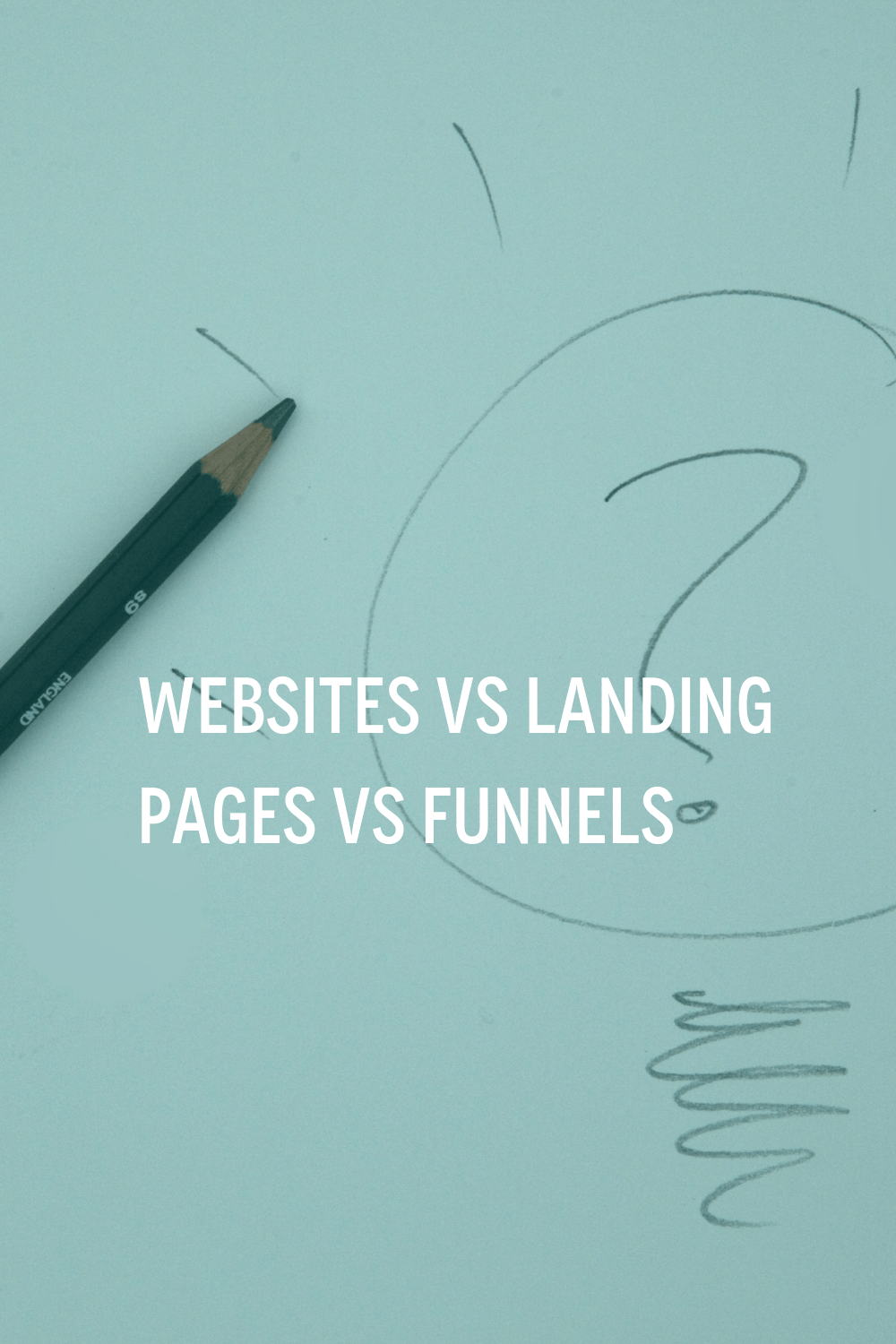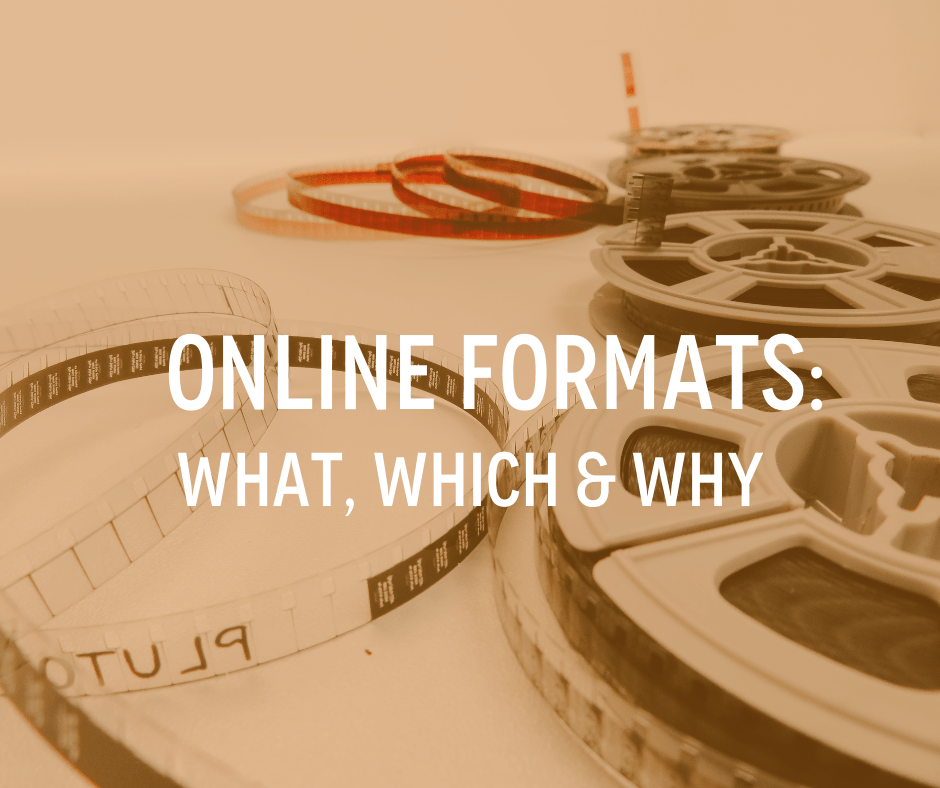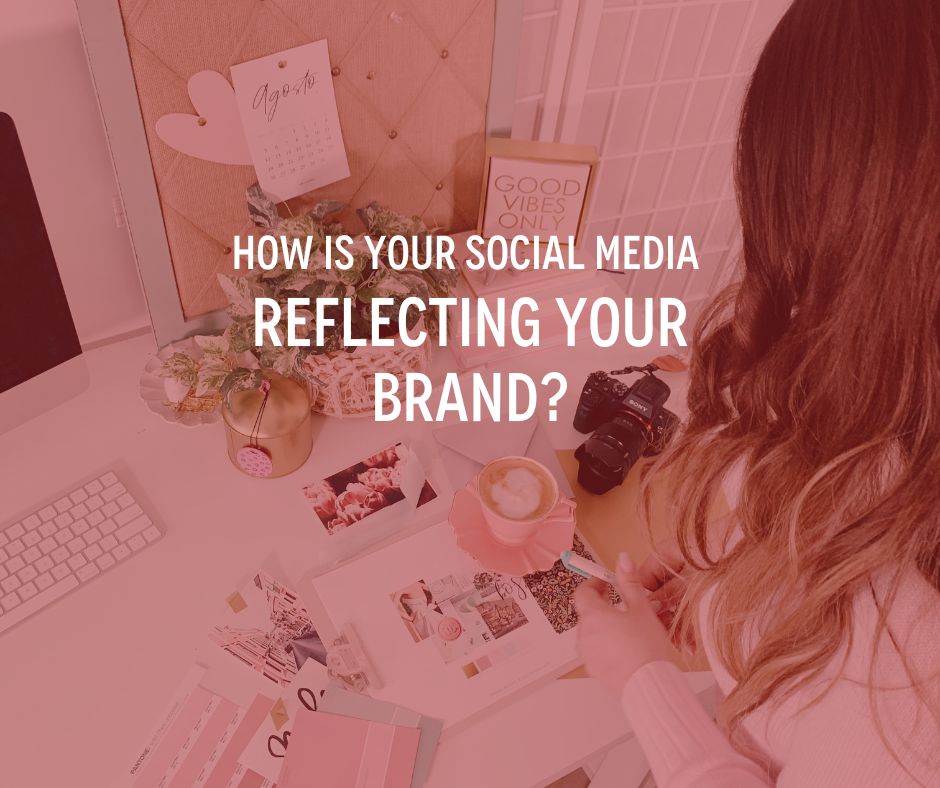Have you ever googled something, got a lot of info but are left still wondering what is what? In this case we want to find out what the deal is with websites and what makes them different from landing pages and funnels.
First we must ask what a website is. It is defined as a page or collection of pages that are publicly accessible and interlinked on the World Wide Web. They contain specific information and or related content identified by a common domain name. This info is then published on at least one web server tracing back to a common (URL Universal Resource Locator).
Think of the world wide web as a collection of all the shops that have ever existed and your website as a shoe store or multiple shoe stores in this collection. Then the server is like the your shops location and your domain name is its address. You may have vintage shoes, school shoes, running shoes etc. but no one would expect to get some ice-cream at your store.
Fun fact: another description of a website is a web presence or just a site.
Types of websites
Just like shops, websites have a lot of variety. For one they can be in a blog (web log) format which is essentially an online diary/journal or informational website. Here, a writer or a group of writers share their views on a subject and can set content access to either private or public. This can be a special shoe store/building where old shoes are kept on display and information about their make is available on display. Like a huge bill-board, this shoe store frontage increases visibility for your brick and mortar stores, helping you to connect to your target in this case, the shoe hunter, and boosts foot traffic to your shopfront while building your brand in the shoe business.
An expanded type of website is the E-Commerce store (e-Business). This facilitates the sale and purchase of services and goods over the internet (or online). In addition, data and funds can be transferred between different parties. E-Commerce sites are essentially online shops.
In contrast a brochure site is one that only displays products or services and information such as contact and availability details. Simply put, a brochure site is a digital version of a printed brochure or business card. This would be some sort of shoe store where only samples of what is on offer are on display. I don’t know if something like that exists but wouldn’t it be cool to walk in and try out all the shoes a company offers without having the pressure to buy? Since no shoes ever leave our imaginary store, it never needs new items unless a new model is released. This is how brochure sites are a great start for small businesses. They are cheap to run, need less maintenance and have a long shelf life compared to E-Commerce sites.
Website vs Landing page vs Funnel
So if your website is a shoe franchise then how will people know how to find shoes? This is where a landing page comes in. This is a standalone web page that a visitor is directed to, from outside a website’s navigation, on clicking. The banner in your store showing the different sections. A landing page is a banner that takes customers to a specific shoe section, like boots. So obviously if they continue they are interested in those boots! At this point you can try to sell them the boots with some glow in the dark laces (upsell) , or a discount and so on. If they still don’t bite on your upsells you can give a down sell – maybe a long lasting polishing brush or you can end it at that point. You may have been trying to sell them the boots but they leave with the boots and a pair of cool laces.
With a funnel things are a bit different. A funnel is hard sell with steps to get a customer to buy some shoes! You can start with interest in which shoes, then why, then offer something else or follow through with the same make, then lead them to the specific shoe section e.g. boots up until they buy a pair. All this is dependent on initial response about the shoes from the customer. If it’s a no on the boots, there’s no upsell of glow in the dark laces. At all these steps, the funnel, guide the visitor towards the conversion (buying boots)

In a funnel, instead of choosing from everything in the store, they are guided from a specific shoe section, boots, by a banner (the landing page) to buying the boots(conversion). It lessens the number of choices, being overwhelmed by options and increases possible sales.
The TLDR* version of things as they say is; a website is a shoe store or shoe stores you own, a landing page is a redirect to the boots section through a banner in your store and a funnel is a series of sales prompts geared to make the customer buy the boots from your store.
*TDLR = too damn lazy to reply






